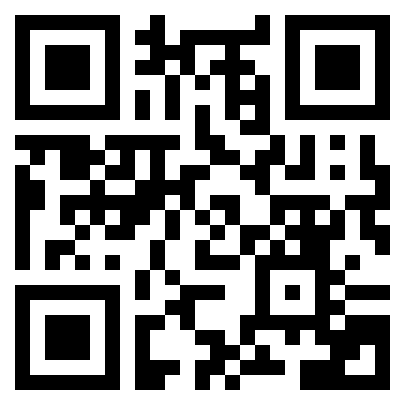UBT273: Assessment Criteria for Non-Medical Aesthetic Therapies: Learning Outcomes and Requirements
| University | Galway Technical Institute (GTI) |
| Subject | Non medical Asethetics |
Assessment requirements
Assignment
Learners must produce an assignment for this unit which forms part of the learner’s internal assessment. The assignment must be internally marked before the learner is entered for the qualification’s practical and written examinations at the end of the period of learning. The assignment must contain proficient evidence that the learners have met all the assessment criteria below.
Are You Searching Answer of this Question? Request Ireland Writers to Write a plagiarism Free Copy for You.
| Learning Outcome Assessment Criteria | Description |
|---|---|
| LO1 Understand the developments of non-medical aesthetic therapies | |
| 1.1 Define non-medical aesthetic therapies | Define what constitutes non-medical aesthetic therapies. |
| 1.2 Analyse the history and developments | Examine the historical evolution and current trends of non-medical therapies. |
| 1.3 Evaluate current working environments | Assess the roles of medical and non-medical practitioners in the industry. |
| 1.4 Critically compare medical and non-medical treatments | Highlight differences between surgical and non-surgical aesthetic treatments. |
| 1.5 Explain regulations for topical anaesthetic products | Discuss regulations governing the use of topical anaesthetics in treatments. |
| 1.6 Define role of clinical oversight | Define the importance of clinical oversight in non-medical aesthetic therapies. |
| 1.7 Analyse influence on the aesthetic industry | Analyze impacts of regulatory bodies like Keogh Report, HEE Qualification Standards, JCCP, CPSA, BACN, NICE, and BSI standards. |
| LO2 Know the benefits and limitations of commonly available non-medical aesthetic therapies | |
| 2.1 Summarise benefits and limitations | Summarize pros and cons of commonly used non-medical aesthetic therapies. |
| LO3 Understand the importance of professional conduct | |
| 3.1 Explain importance of organisational procedures | Discuss the significance of adhering to organizational protocols. |
| 3.2 Evaluate personal qualities for professional practice | Assess personal attributes contributing to professional excellence. |
| 3.3 Define principles of evidence-based practice | Define principles guiding evidence-based practice in aesthetics. |
| 3.4 Analyse accountability and clinical governance | Evaluate responsibilities in terms of accountability and clinical governance. |
| LO4 Know key regulations, legislative influences | |
| 4.1 Identify legal and insurance requirements | List legal, insurance, and governmental guidelines for non-medical practitioners. |
| 4.2 Describe legislative responsibilities | Describe key responsibilities mandated by legislative requirements. |
| 4.3 Examine licensing regulations | Examine licensing requirements for practitioners and premises. |
| 4.4 Explain purpose of risk assessments | Define the purpose and importance of conducting risk assessments. |
| 4.5 Define hazards vs. risks | Differentiate between hazards and risks in workplace contexts. |
| 4.6 Evaluate procedures for risk assessments | Evaluate methods and procedures for completing risk assessments. |
| 4.7 Identify areas of risk | Identify potential areas of risk in non-medical aesthetic practices. |
| 4.8 Explain how to undertake a risk assessment | Outline steps and considerations in conducting a thorough risk assessment. |
| LO5 Understand advanced contra-actions, hygiene issues, and medical emergencies | |
| 5.1 Signs and procedures for anaphylactic shock | Identify signs and emergency procedures for anaphylactic shock. |
| 5.2 Define histology of micro-organisms | Define histological aspects of micro-organisms and contamination forms. |
| 5.3 Define blood-borne pathogens | Define types of blood-borne pathogens and prevention strategies. |
| 5.4 Prevent and manage needle stick injuries | Discuss prevention and management of needle stick injuries. |
| 5.5 Compare infection control methods | Compare methods for controlling infections and effective sterilization practices. |
Get Solution of this Assessment. Hire Experts to solve this assignment for you Before Deadline.

